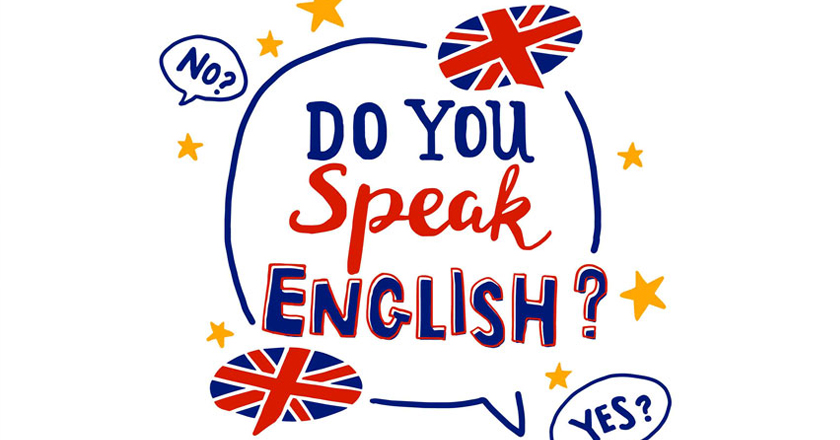1. Analyze the causes/effect references
Eg. The man was mortally injured when his car ran into the ditch.
Cause……………………. Effect: …………………………….
2. Identify fact or opinion
A fact is something that can be proved to be correct. An opinion is what someone thinks and believes. It cannot be proved to be correct or incorrect.
Eg.
(a) Fact: The All-Star team, including injured selections and their replacements, is made up of 15 players from an amazing 11 different teams.
(b) Opinion: Jake is the best baseball player.
3. Problem and solutions
Some authors organize their writing by problem and solution. They present a problem to be solved. Skills to identify the problem and solution will help you comprehend the passage better.
Eg. In the early 1800s, the United States needed room to grow. The problem was most people lived in the East. The cities were crowded. New land was expensive. Young families couldn’t afford to buy farms.
Then, as a solution, the United States government purchased land from France. The government also acquired land from Mexico. Soon the country stretched all the way to the Pacific Ocean. People looked at the setting sun with outstretched arms and said, “Go west!”
The word, ‘problem’ in the first paragraph and ‘solution’ in the second paragraph are signal words that give hints on problem and solution.
4. Recognize character traits
Eg:
| The character is | : | cruel |
| Because | : | negative influence of friends |
| Says and Thinks | : | arrogantly |
| Acts | : | emotionally |
| Feels | : | worried |
| Looks like | : | a criminal |
| Others see as | : | villain |
5. Using context clues
- Use other words in the sentence or context clues to help find the meaning of a word.
Eg.
The cruel wolf pounced on the little rabbit.
A. helped B. jumped
My Grandpa is approximately 75 years old
A. about B. badly C. carefully
- A special word or a clue word in a sentence will tell you exactly what a word or phrase means.
Eg. “The process of changing ordinary metals into gold, called ‘alchemy’, was very popular in the Middle Ages.” Don’t know the meaning of the word, ‘alchemy’? From context clues, we get it, “the process of changing ordinary metals into gold”.
6. Drawing Conclusions
Eg. The line of fans at the ticket counter outside the basketball ground grew larger, but no one wanted to leave, although they would wait for a long time.
What conclusion can you draw from the sentence above?
A. The fans were interested in the match. B. The counter staff had left.
C. There was going to be a riot. D. The fans were getting Enroll Now tickets.
7. Finding the Main Idea
Eg. If I choose to go down the road in a dressing-gown who shall say me nay? You have liberty to laugh at me, but I have liberty to be indifferent to you. And if I have a fancy for dyeing my hair, or waxing my mustache or wearing an overcoat and sandals, or going to bed late or getting up early, I shall follow my fancy and ask no man’s permission.
What is the main idea?
A. The dress I like.
B. Dyeing my hair
C. My personal liberty.
D. Laughing at others.
8. Making inferences or conclusions
(a) Where am I?
Eg. At a short distance, there was an operation theater, fitted with most modern appliances. Outside the operation theater, there was a set of stretchers and wheeled chairs. On inquiry, I learned that this was the Casualty Ward where those who are victims of accidents are treated.
Ans: in a hospital.
(b) Who am I?
Eg. I am a skilled craftsman who works in the construction industry fabricating primarily wood constructions; from the entire framework of a building to ornate woodwork on stairs and trim. I pre-fabricate cabinets and other structures in shops or factories while others work on construction sites, cutting, joining, and installing structural elements.
Ans: A carpenter.
(c) What happens next?
Eg. A stout old lady was walking with her basket down the middle of a street in Petrograd to the great confusion of the traffic and with no small peril to herself. It was pointed out to her that the pavement was the place for pedestrians, but she replied: ‘I’m going to walk where I like. She went on ahead.
Ans: A passing vehicle will hit her.
9. The point of view. Who is telling the story?
Eg. (a) I ran through the woods, only just dodging the tightly knit trees. The wind born of my speed whipped my eyes and ran through my hair. I could hear the thunder of the waterfall and the light beating of the others following behind me. I took a deep breath, I didn’t think it was possible without losing my feet but I ran faster, barely touching the ground.
Ans: First person narrative. The narrator is one of the characters speaking about him/her or sharing events that he/she is experiencing and uses ‘I’ or ‘we’.
Eg. (b) Old Behrman was a painter who lived on the ground floor beneath them. He was past sixty and had a Michael Angelo’s Moses beard curling down from the head of a satyr along with the body of an imp. Behrman was a failure in art. Forty years he had wielded the brush without getting near enough to touch the hem of his Mistress’s robe. He had been always about to paint a masterpiece, but had never yet begun it.
Ans: Third person narrative. A narrator is a third person who uses ‘she’, ‘he’, ‘they’ or ‘it.’
10.Vocabulary skills
Word-attack strategies help students decode, pronounce, and understand unfamiliar words using context, prefixes or suffixes.
11.Writing
Write a paragraph or a summary based on the passage.
12.Answer questions on Grammar and Usage.

